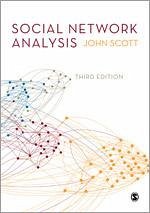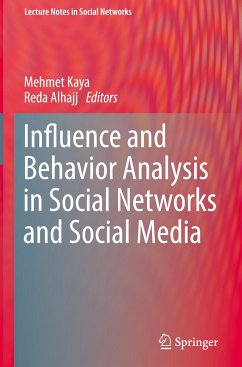Nicht lieferbar

Social Network Analysis
Versandkostenfrei!
Nicht lieferbar
Weitere Ausgaben:
The Third Edition of this best-selling text has been fully revised and updated to include coverage of the many developments on social network analysis (SNA) over the last decade. Written in a clear and accessible style, the book introduces these topics to newcomers and non-specialists and gives sufficient detail for more advanced users of social network analysis. Throughout the book, key ideas are discussed in relation to the principal software programs available for SNA. The book provides a comprehensive overview of the field, outlining both its theoretical basis and its key techniques. Drawi...
The Third Edition of this best-selling text has been fully revised and updated to include coverage of the many developments on social network analysis (SNA) over the last decade. Written in a clear and accessible style, the book introduces these topics to newcomers and non-specialists and gives sufficient detail for more advanced users of social network analysis. Throughout the book, key ideas are discussed in relation to the principal software programs available for SNA. The book provides a comprehensive overview of the field, outlining both its theoretical basis and its key techniques. Drawing from the core ideas of points, lines and paths, John Scott builds a framework of network analysis that covers such measures as density, centrality, clustering, centralisation, and spatialisation. He identifies the various types of clique, component, and circle into which networks are formed, and he outlines an approach to socially structured positions within networks. A completely new chapter in this edition discusses recent work on network dynamics and methods for studying change over time. A final chapter discusses approaches to network visualisation. This is an excellent resource for researchers across the social sciences and for students of social theory and research methods.













